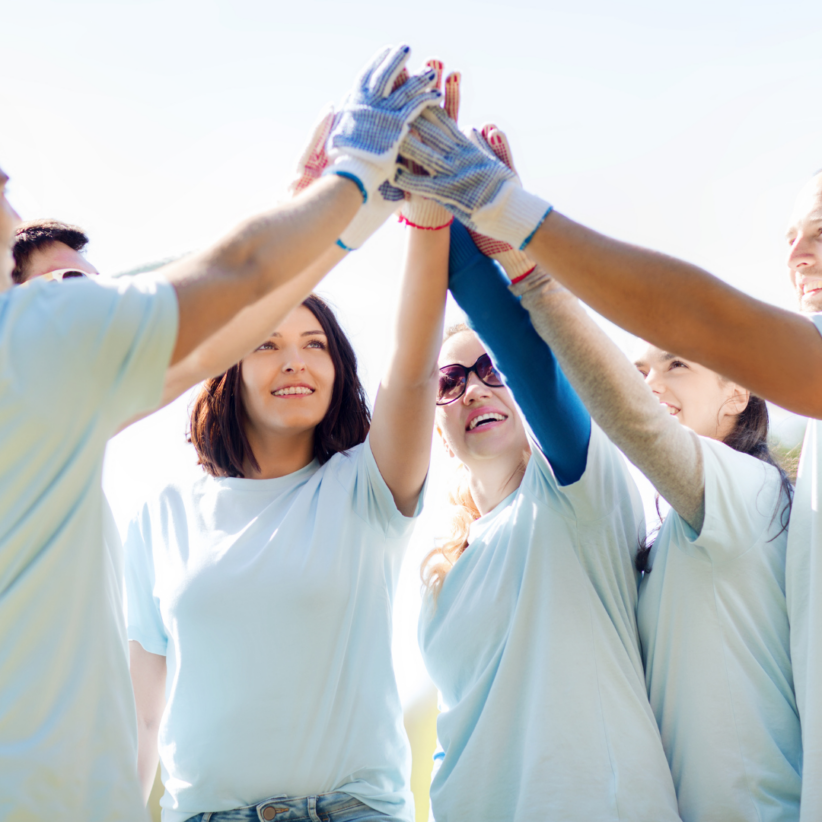There is nothing more adorable than a sleeping baby. While there are a variety of tips for getting baby to sleep, it’s critical that you adhere to using only the latest safe sleeping practices for your infant.
To understand the most recent recommendations for safe sleep we spoke with Jennifer Canter, M.D., MPH, FAAP, director of the Child Abuse Pediatrics Program and Forensic Acute Care Team at Maria Fareri Children’s Hospital, a member of the Westchester Medical Center Health Network.
Simply Put
When discussing the dangers of unsafe sleep Canter puts it simply and succinctly, “The number one cause of preventable infant death is unsafe sleep.”
Canter has the task of evaluating cases of infant death and she stresses the most difficult part of her job is to evaluate cases where a baby has died of preventable causes. Unfortunately, babies in the Hudson Valley have died due to unsafe sleep practices.
Canter, who is the mother to two sets of twins, says, “Parenting is challenging and no one is perfect.” For her, educating parents about safe sleep practices is all important.
To illustrate the important concepts of safe sleeping for infants Canter shares the ABC’s of safe sleep for infants:
A is for Alone. Your baby needs a separate sleep space. That means no adults (including a parent or caregiver), no siblings – not even a twin, and no pets.
Baby should sleep without pillows, blankets or bumpers of any kind. Baby should also sleep without toys or stuffed animals.
B is for Back. Babies should sleep flat on their back. That means not on their side and not on their tummy. Never use wedges, pillows or a rolled blanket for elevating or propping up a baby.
If you offer baby tummy time, your baby should be awake and the session should be completely supervised.
C is for Crib. Baby is safest sleeping in a crib. The crib can be either portable or traditional. The crib mattress should be designed for that particular crib and topped with a tight fitting bottom sheet. Baby should not sleep on a couch, chair or adult bed.
If you are going to use a hand-me-down crib do not use one that has been recalled. If the crib was made prior to 2010 it may not adhere to current standards. Check for recalls and other safety requirements with the Consumer Product Safety Commission, cpsc.gov.
Other Concerns
Remember, do not overheat a sleeping baby. A comfortable room temperature for a sleeping baby is ideal at 65 degrees Fahrenheit.
Babies can sleep comfortably in one more layer than an adult would wear in the same environment. If a parent were to wear flannel pajamas, a baby would need just pajamas and a baby sleeper.
Parents who make the decision to breast fed can keep the crib in the same room. In fact, the American Academy of Pediatricians recommends keeping the crib in the same room as the breastfeeding parent.
It is also important that all infant caretakers should be free from alcohol and drug use. Share information about safe infant sleep practices with those caring for your baby and insist they follow the guidelines.
For further information on the educational aspects of safe sleep visit Safe Babies New York, safebabiesny.com, a statewide effort to educate all parents about normal infant crying, stress management and safe sleep. Leadership for the Downstate Region program is provided by health professionals at Maria Fareri Children’s Hospital.
Jennifer Canter M.D., MPH, FAAP, is a Child Abuse Pediatrician at Maria Fareri Children’s Hospital, a member of the Westchester Medical Center Health Network and the children’s hospital for Westchester, the Hudson Valley and Fairfield County, Conn.
Jean Sheff is editor of Westchester Family.







